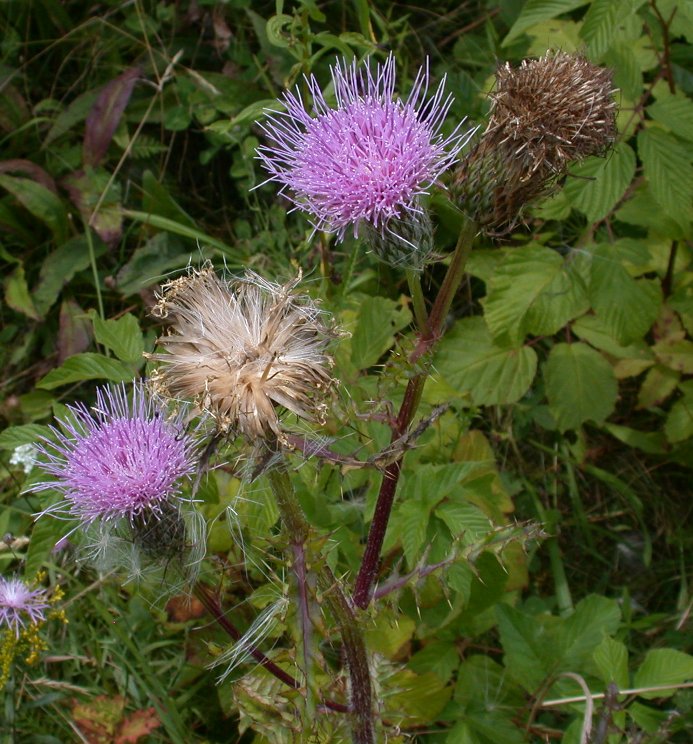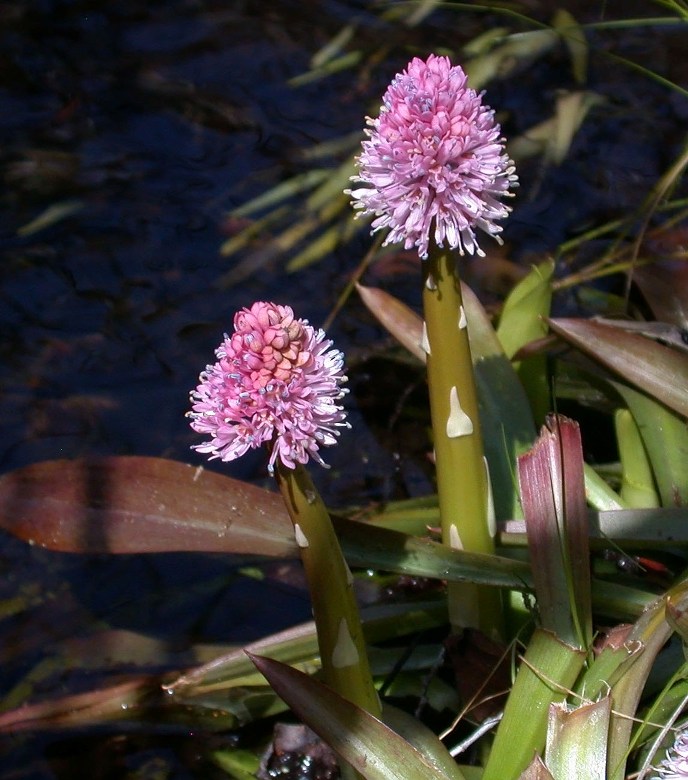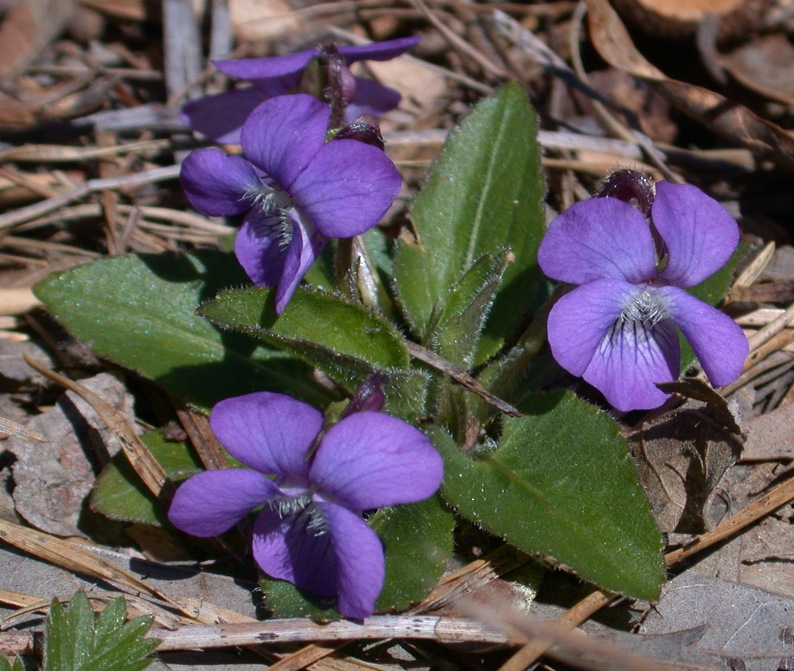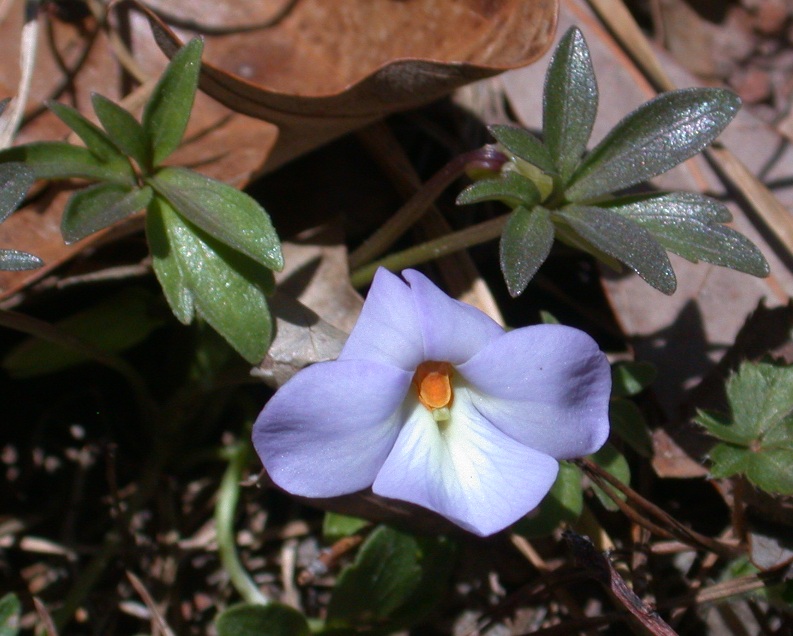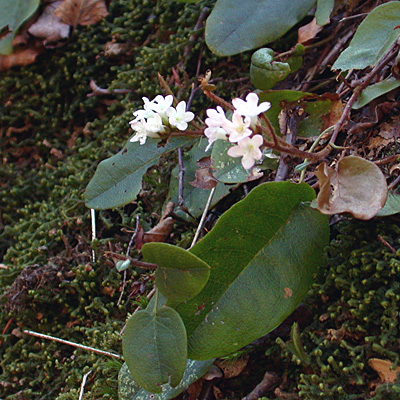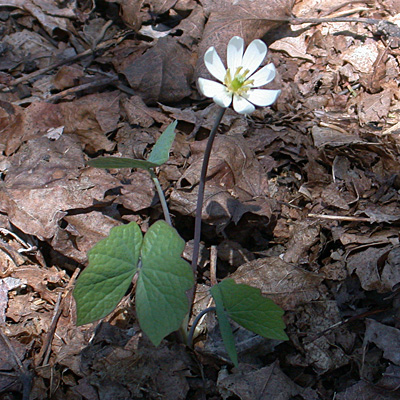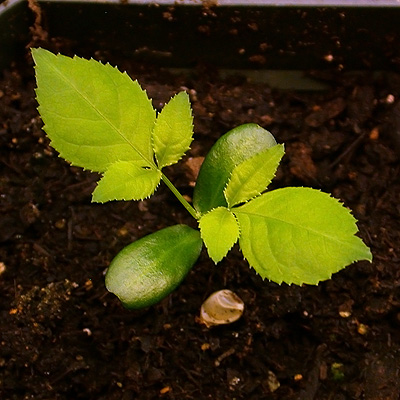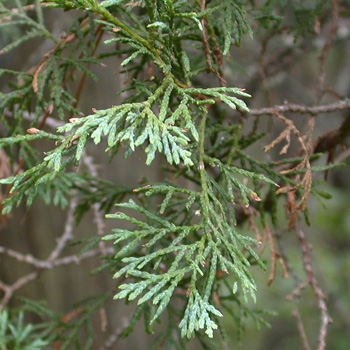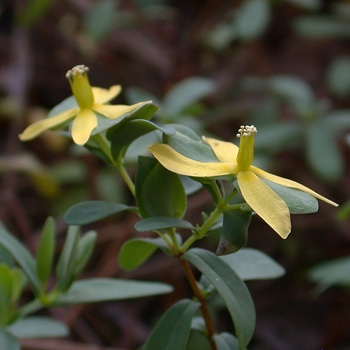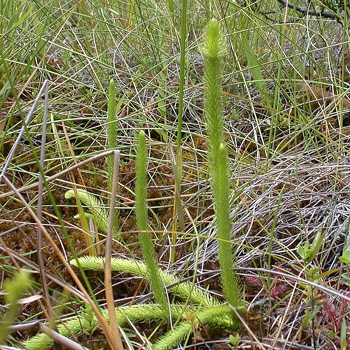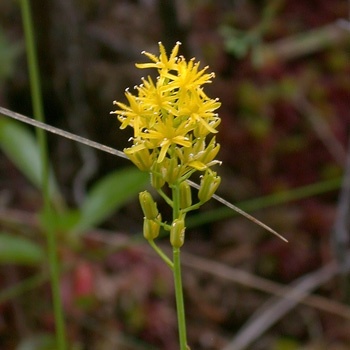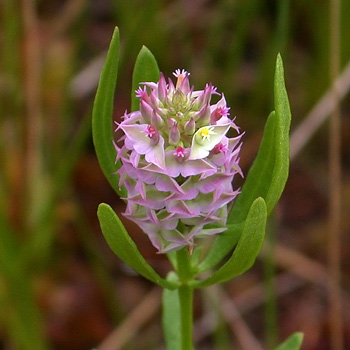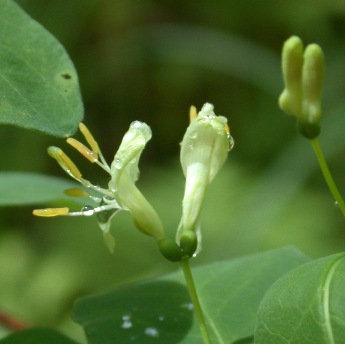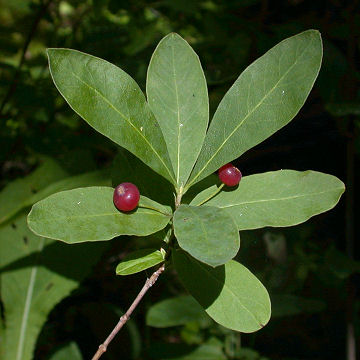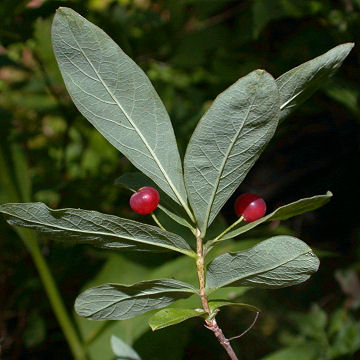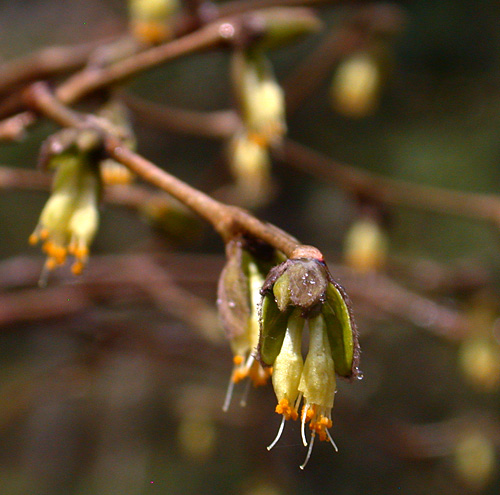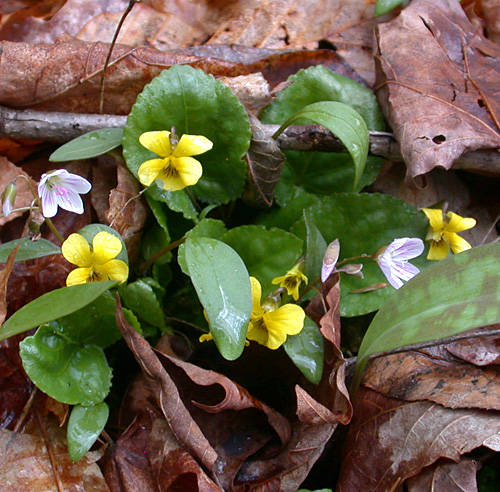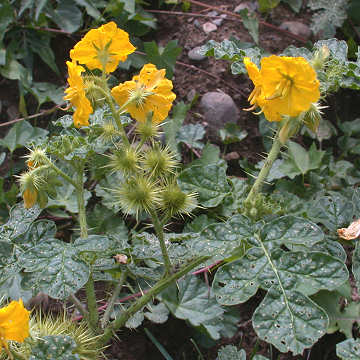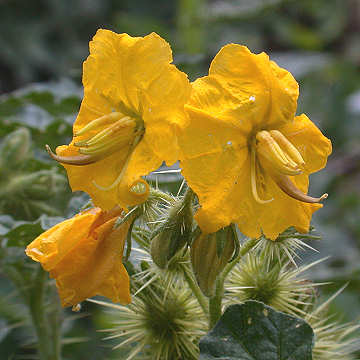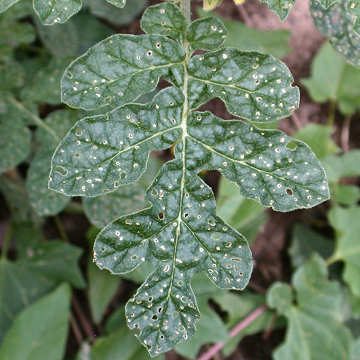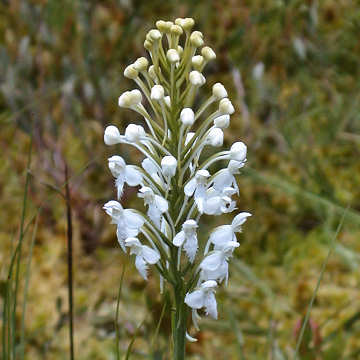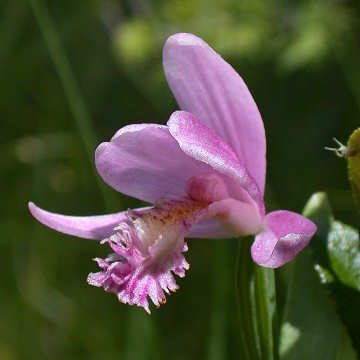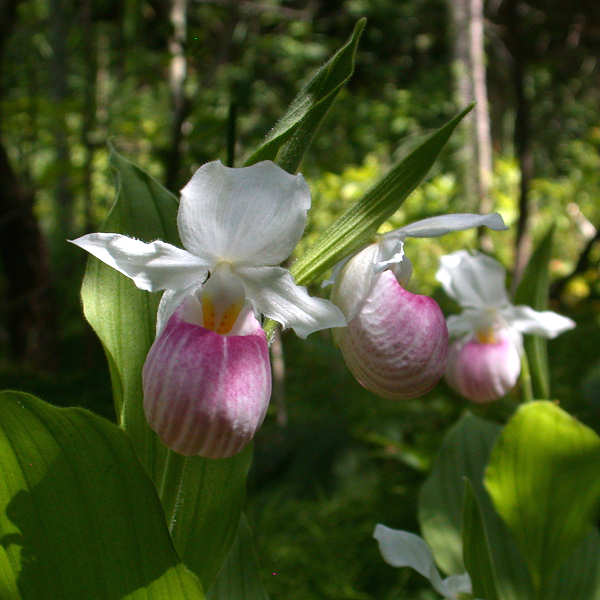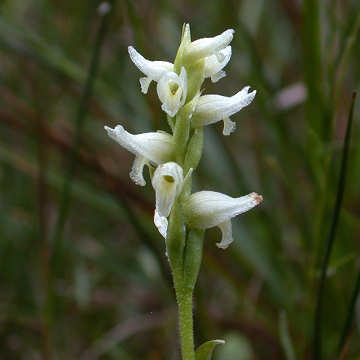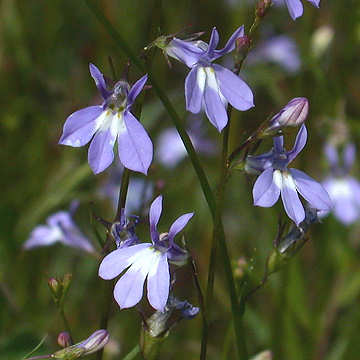When many people hear the word thistle they think of the introduced bull thistle (Cirsium vulgare) or the erroneously named Canada thistle (Cirsium arvense), both weedy plants that are introduced from the Old World. There are however a number of less commonly encountered thistles that are native to the Northeastern U.S.
I have recently started growing one such native thistle in my garden. Pasture thistle (Cirsium pumilum) is a biennial species that spends its first year as a basal rosette and flowers the summer of the next year. It is monocarpic, meaning that once it flowers and sets seed the plant dies. There is a relatively rare variety of this species native to prairies in the Midwest, var. hillii, that is sometimes perennial.
Plants are easy to grow, however since so few people grow this species seeds are not commercially available. The seeds require about 60 days of cold moist stratification and then they will germinate sporadically with a few coming up within a week but some taking months to sprout. The plants that I started last spring are now coming up for their second year and the leaves have an interesting bluish cast.
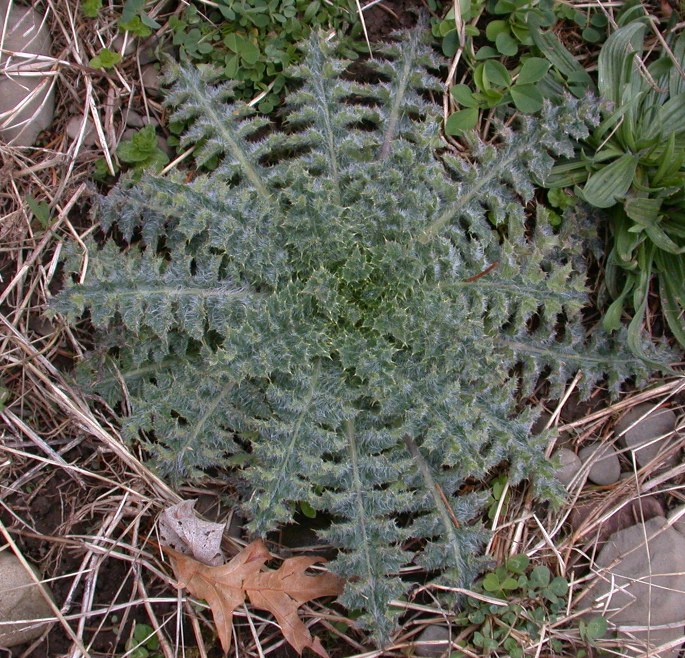
They should begin flowering in July and continue into August. The flowers of this species are quite large relative to the rest of the plant. Here is a picture of a flowering specimen in the wild.
